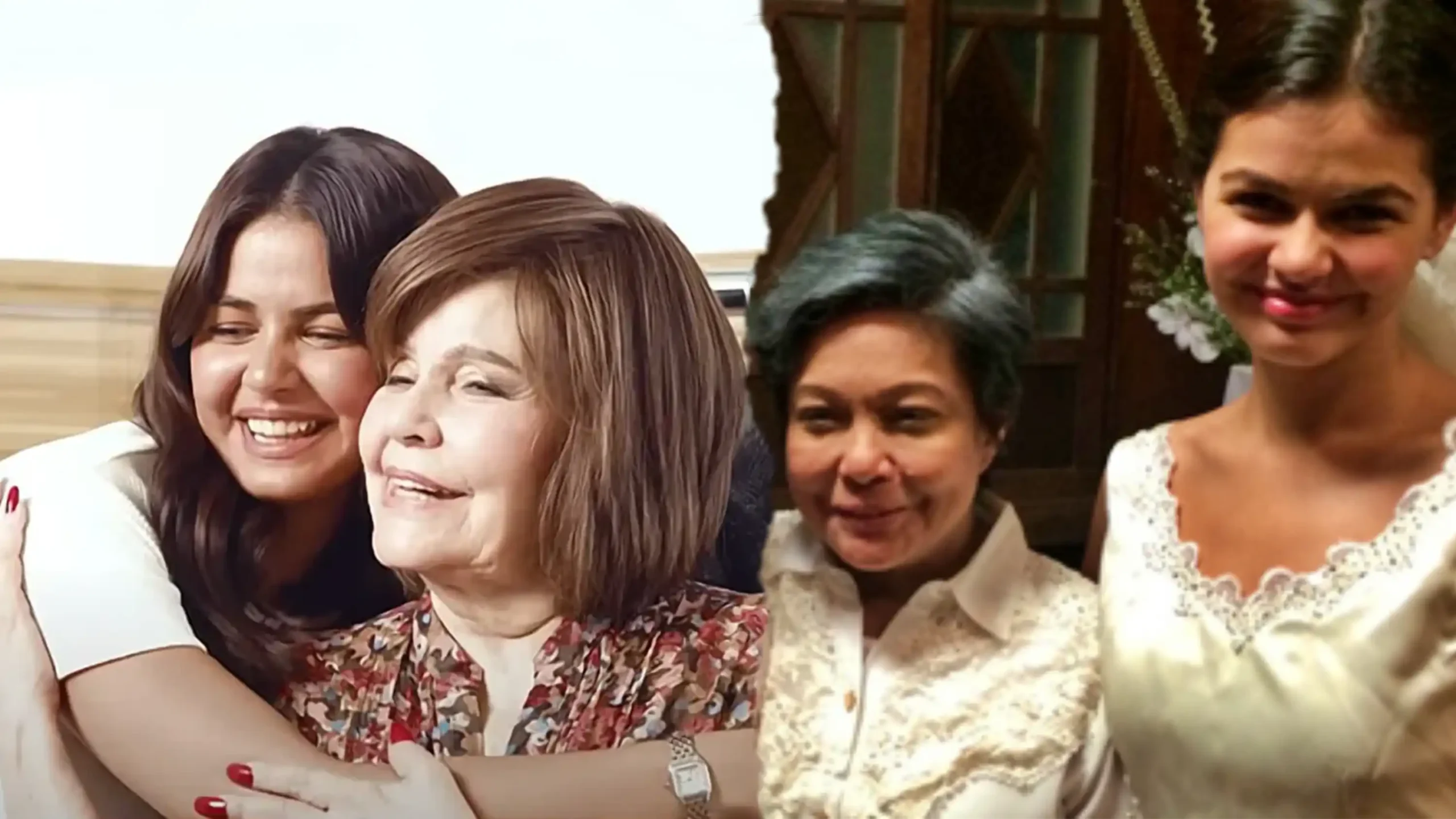First Lung Cancer Vaccine Developed: Here’s What We Know
As one of the most common causes of death in the Philippines, the new and first-ever Lung Cancer vaccine may be more life-saving than we think.
Many of us have lost relatives to Lung Cancer. While most people attribute Lung Cancer as a “smoker’s disease,” it can hit others who have “cancer markers” — a mark in their genes that increase their chances of getting it — or live in an industrial area and are constantly exposed to smoke and chemicals. Currently known as BNT116, the Lung Cancer vaccine has already made leaps and bounds in its development.
But some may find it strange: how can Lung Cancer have a vaccine when it’s not a virus or caused by germs?
Lung Cancer Vaccine: How It Works

Financed by German pharmaceutical company BioNTech — the same company that brought in Pfizer COVID-19 vaccines, the research for the Lung Cancer vaccine appears to have moved into phase 2. Its use in human trials means it made it through the mandatory three stages: phase 1 is the research, phase 2 is testing on a large volunteer group and finally, phase 3 is comparing how effective it is.
The vaccine, according to the University College of London Hospitals (UCLH), trains the body to attack the cancer cells by presenting it with a strand of mRNA (Messenger Ribonucleic Acid) — a protein chain — that’s usually found in cancer cells. It’s similar to getting a dog used to a particular scent: give them something with a scent and they’ll track it. The same concept applies; once the doctors administer the vaccine, the goal is to have the body’s immune system attack only the cells with that mRNA.
Changing the cancer narrative

We’ve seen this happen in medical dramas where patients with untreatable diseases usually become part of a medical study with consent. Doctors would present the idea while weighing the risks and benefits with the family and the patient. And for many, Lung Cancer is “untreatable.” The usual case is fighting it with chemotherapy which has hardships of its own.
Cancer doesn’t just kill the body; it wears out the heart and mind. For the patients, chemotherapy is just something to delay the inevitable. There’s hope of remission but, the cancer does come back by popping up somewhere else. While accepting that fate, they also have to deal with the debilitating side effects of chemotherapy: hair loss, dead immune systems, nausea, vomiting, and extreme fatigue. These all happen because chemotherapy, via radiation, kills the healthy cells too.
But the Lung Cancer vaccine is a hopeful sign that cancer patients may slowly move away from the toxic treatment. While it cannot completely replace chemotherapy yet, it can reduce the load and therefore, the expenses.
Will the Lung Cancer Vaccine be available in the Philippines?
Although slowly becoming widespread in Europe, there has been no news yet of the Lung Cancer vaccine release in the Philippines. What some families do is find relatives in Europe or America who can procure these medicines or vaccines, provided they have a prescription from their doctor at a more affordable price. They do so because some of these medicines are either too pricy or not readily available, due to differing medical opinions.
However, should the vaccine be successful, it will change the narrative of many families who are related to Lung Cancer patients. Not only will they have an easier time fighting, but they’ll also have more energy to make more memories with their loved ones before their time comes to an end.
More about medical advancements?
How To Care For A Family Member with Dementia
Monkeypox Outbreak: What We Know About It So Far
A Quick Heads-Up: Don’t Forget to Get CheCKD!









